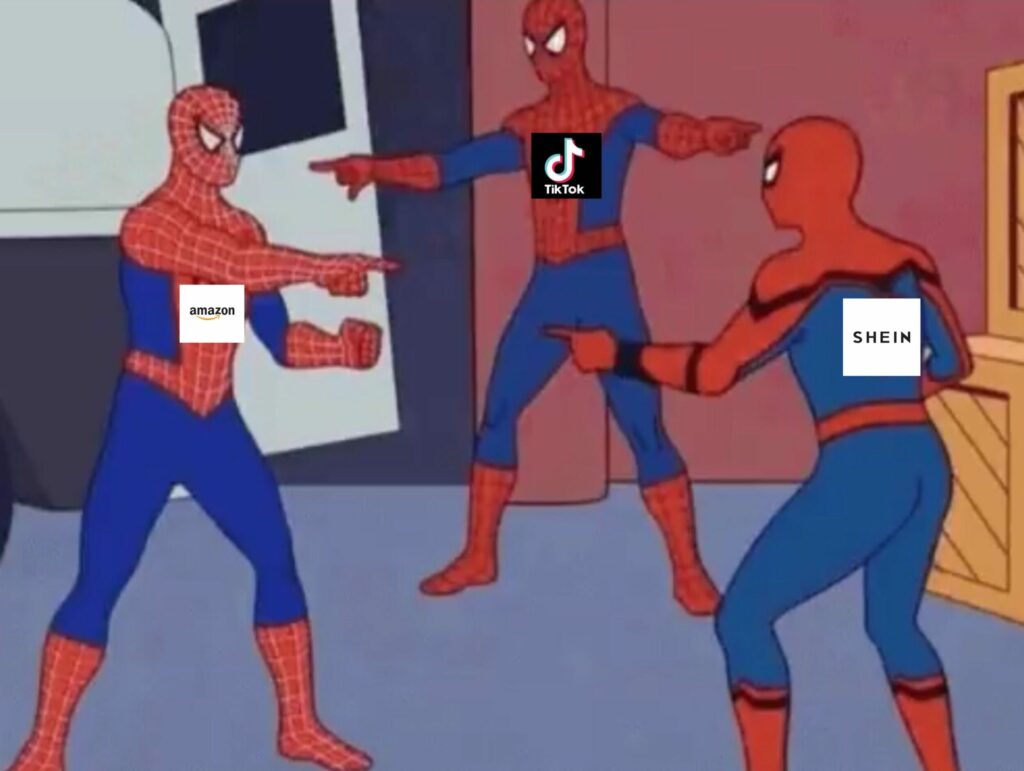
Gen Z and The Consumerism Trap
Connie Duopu
Since the height of the pandemic, TikTok has taken the world and Gen Z by storm. The platform, owned by Chinese tech company ByteDance, altered the world of social media and continues to make positive and negative waves. As TikTok faces a potential ban in the United States, it is interesting to see the sheer impact of this popular platform.
As an advertising student, I find it interesting and important to highlight TikTok’s cultural impacts, particularly the shift the brand has highlighted within Gen Z and how it influences current advertising perception, practices and generational ideologies.
TikTok has broken through the masses of platforms and stands out as it continues to innovate and strategically expand its brand category. The brand’s malleable nature is emblazoned in its rise as a popular video-exchanging platform, effectively reimagining how the entertainment platform utilized its search bar as an alternative search engine for users and Gen Z, separate from Google and Safari. Users can find just about anything right in the app, often in condensed video format and explained by another user. The implementation of this tool speaks to a unique shift in Gen Z in which greater value is placed on advertisements from smaller influencers, especially everyday people. TikTok’s casual scrolling format makes it digestible, an addictive tool for information and an undeniable success.
In recent development, TikTok has moved from an entertainment platform to an e-commerce entity via the creation of the TikTok Shop. The TikTok Shop effectively floods users’ For You page with choices to purchase straight from sellers within the app while being promoted by micro-influencers. It is a full-service, integrated marketplace where users can buy with just a few taps, akin to Amazon or Instagram shops for the social media era.
My initial encounter with the TikTok Shop was met with uncertainty and a reluctance to make purchases due to some internal red flags. The ambiguity surrounding the authenticity of micro-influencer videos, whether they are paid ads or genuine reactions, is a growing concern. The prevalence of seemingly organic, non-paid videos, with only a small ‘promotional content’ sticker in the corner revealing the financial incentive, is misleading. The influx of inorganic videos promoting suspiciously cheap products in my algorithm underscores the need for transparency.
The rise of the TikTok Shop challenges Amazon as it builds up space in the e-commerce industry with its convenience and cheap pricing. The advertising contradictions arise as Gen Z, on the same platform only a few years ago, championed the dialogue of Shein’s fast fashion practices. This concern is replicated and exacerbated for sites like the TikTok Shop, as extremely low pricing keeps it a bustling success. In the beginning, the TikTok Shop sold about $7 million worth of items daily in the U.S., according to The Wall Street Journal. Bloomberg reports that TikTok Shop aims to rake in as much as $17.5 billion in the United States alone this year.
The impact of TikTok on Gen Z and the United States is undeniable. This reality provides an interesting juxtaposition, especially as an advertising student who sees gaps in the consumer values used to better understand Generation Z — a generation that values authenticity, social responsibility and influencer marketing.
Will the advertising industry be compelled to comprehensively understand TikTok shop’s true impact? Can the allure of the TikTok Shop overshadow Gen Z’s demand for authenticity and social responsibility? Is Gen Z the generation it perceives itself as and how does this reflect in its consumption habits? As a generation, what does it say about us if we don’t align our spending with our values?



